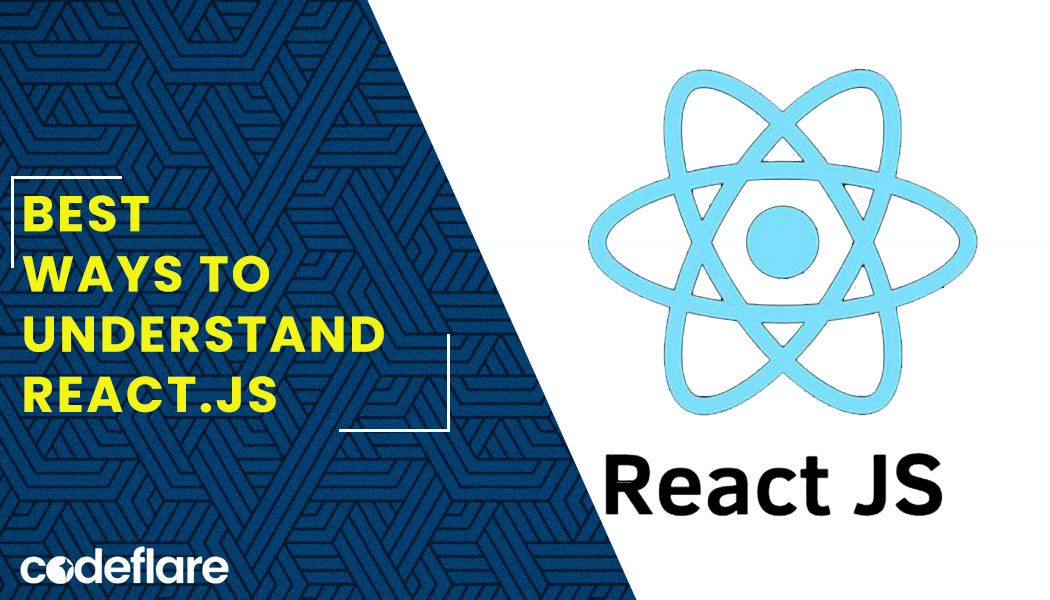
React.js, a popular JavaScript library for building user interfaces, has become an essential tool for web developers. Its component-based architecture, efficient updates through a virtual DOM, and strong community support make it a powerful choice for creating dynamic and responsive web applications. Understanding React.js can be challenging due to its unique concepts and ecosystem. This article explores the best ways to learn and understand React.js, providing tips and resources to help you become proficient in this essential technology.
1. Start with the Official Documentation
The official React.js documentation is a comprehensive and well-maintained resource. It provides a clear and structured introduction to the library, covering everything from basic concepts to advanced topics.
- Basics: Begin with the “Main Concepts” section, which covers the essentials like components, props, state, and lifecycle methods.
- Advanced Guides: Once you’re comfortable with the basics, move on to the “Advanced Guides” to learn about context, portals, error boundaries, and more.
- API Reference: Use the API reference as a go-to resource for detailed information on specific React APIs.
2. Build Simple Projects
Hands-on experience is crucial for mastering React.js. Start by building simple projects that allow you to apply what you’ve learned.
- Todo List: Create a basic todo list application to practice components, state management, and event handling.
- Weather App: Build a weather application that fetches data from an API to practice working with external data and lifecycle methods.
- Blog: Develop a simple blog with features like post creation, editing, and deletion to understand routing and state management.
3. Learn by Doing with Tutorials
Online tutorials provide step-by-step guidance and can help you learn React.js in a structured way. Some popular tutorial sites include:
- freeCodeCamp: Offers a React section with interactive coding challenges.
- Codecademy: Provides a hands-on React course with interactive lessons.
- Scrimba: Features interactive screencasts where you can code along with the instructor.
4. Understand JSX
JSX, a syntax extension for JavaScript, is a key part of React. It allows you to write HTML-like code within JavaScript. Understanding JSX is crucial for writing React components.
- JSX Syntax: Learn the syntax rules, such as using
classNameinstead ofclassand wrapping elements in a single parent. - Expressions in JSX: Understand how to embed JavaScript expressions within JSX using curly braces
{}. - JSX Gotchas: Familiarize yourself with common pitfalls, like forgetting to close tags or using reserved words.
5. Explore State Management
State management is a core concept in React. Managing state correctly ensures your application behaves as expected.
- useState Hook: Start with the
useStatehook to manage local component state. - useEffect Hook: Learn to use the
useEffecthook for side effects like data fetching and subscriptions. - Context API: Understand how to use the Context API to manage global state without prop drilling.
6. Get Comfortable with Hooks
React Hooks, introduced in React 16.8, allow you to use state and other React features without writing a class.
- Basic Hooks: Learn the basic hooks (
useState,useEffect,useContext) and their use cases. - Custom Hooks: Understand how to create custom hooks to encapsulate reusable logic.
- Rules of Hooks: Familiarize yourself with the rules of hooks to avoid common pitfalls.
7. Join the React Community
The React community is vibrant and supportive. Engaging with the community can provide you with valuable insights, support, and networking opportunities.
- Forums: Participate in forums like Stack Overflow or the Reactiflux Discord community.
- Meetups and Conferences: Attend local meetups, conferences, or virtual events to learn from experts and peers.
- Open Source Contributions: Contribute to open-source React projects to gain real-world experience and improve your skills.
8. Practice Debugging
Debugging is an essential skill for any developer. Learn how to use tools and techniques to debug React applications effectively.
- React Developer Tools: Use the React DevTools browser extension to inspect React component hierarchies and state.
- Console Logging: Use
console.logto debug your application by logging state and props. - Error Boundaries: Implement error boundaries to catch and handle errors in your component tree.
9. Stay Updated
React is continuously evolving, with frequent updates and new features. Staying updated ensures you are aware of the latest best practices and improvements.
- Official Blog: Follow the official React blog for updates on new releases and features.
- Release Notes: Read the release notes on the React GitHub repository to stay informed about changes and deprecations.
- Social Media: Follow React and its core contributors on social media platforms like Twitter.
Conclusion
Understanding React.js requires a combination of studying official documentation, building projects, engaging with the community, and continuous learning. By following the best ways to understand React.js and leveraging the available resources, you can become proficient in React.js and build powerful, efficient web applications. Whether you are a beginner or an experienced developer, mastering React.js will significantly enhance your front-end development skills.
The most common challenges programmers face in Node.js



